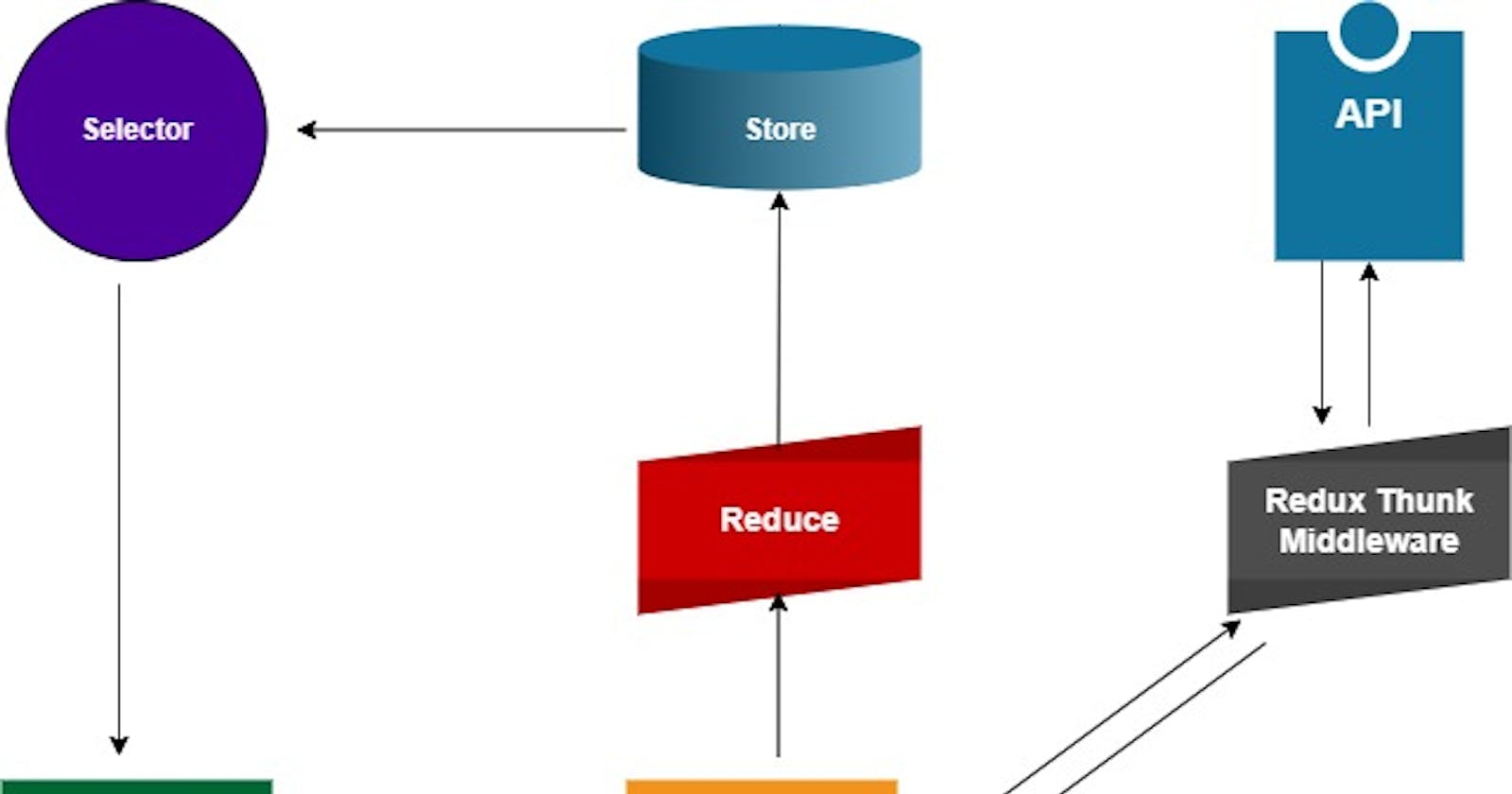Table of contents
No headings in the article.
React is a popular JavaScript library used for building web applications, and it is known for its simplicity and flexibility. However, as applications grow more complex, managing state can become challenging, and that's where Redux comes in. Redux is a predictable state container for JavaScript apps, and it can help you manage the state of your React application in a more organized and efficient way.
In this blog, we'll dive into advanced state management techniques in React with Redux. We'll cover middleware and selectors, and provide examples of how you can use them in your own applications.
Middleware:
Middleware is a way to extend Redux's functionality by intercepting actions before they reach the reducer. Middleware functions can perform tasks such as logging, authentication, or asynchronous operations, and they can modify the action or dispatch new actions based on the original action.
To use middleware in Redux, you need to apply it to the store using the applyMiddleware function from the redux package. Here's an example:
import { createStore, applyMiddleware } from 'redux';
import thunk from 'redux-thunk';
import logger from 'redux-logger'; import rootReducer from './reducers';
const middleware = [thunk, logger];
const store = createStore(rootReducer, applyMiddleware(...middleware));
In this example, we're using two middleware functions: thunk and logger. thunk is a middleware that allows you to dispatch asynchronous actions, and logger is a middleware that logs actions and state changes to the console.
Selectors:
Selectors are functions that extract specific pieces of data from the Redux store. Selectors can help you avoid unnecessary re-renders in your React components by selecting only the data that's needed. Selectors can also make your code more readable and maintainable by encapsulating complex data access logic.
To create a selector, you can use the createSelector function from the reselect package. Here's an example:
import { createSelector } from 'reselect';
const getUsers = state => state.users;
const getFilter = state => state.filter;
export const getFilteredUsers = createSelector( [getUsers, getFilter], (users, filter) => { return users.filter(user => user.name.includes(filter)); } );
In this example, we're creating a selector called getFilteredUsers that selects users from the Redux store and filters them based on a filter value. The createSelector function takes two arguments: an array of selectors and a function that computes the output based on the selector values.
Conclusion:
In this blog, we've covered two advanced state management techniques in React with Redux: middleware and selectors. Middleware can help you extend Redux's functionality by intercepting actions and performing tasks such as logging or authentication. Selectors can help you extract specific pieces of data from the Redux store and avoid unnecessary re-renders in your React components.
